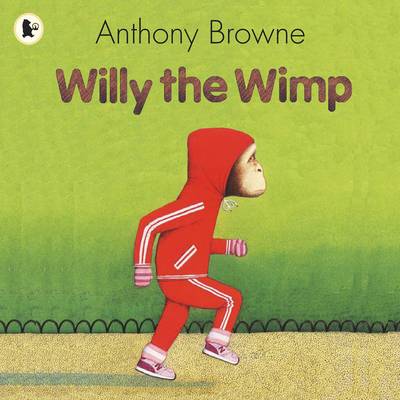Bob the Artist
By: Marion Den chars
Bob the bird is just like all his friends, apart from his skinny legs. When Bob is teased, he decides to try and change himself to fit in. But little does he know where all his efforts will lead him…
Engage your readers and build their understandings by:
- Visualisation:
- First Read: Read the text to the students without showing the illustrations and ask them to make a movie inside their head about Bob. The students draw and label their visualisation of Bob.
- Second Read: Read the texts showing the illustrations. Make comparisons to the students’ illustrations.
- Synthesising: Model how to synthesise by drawing a mind map/diagram. What do I take from reading this text? What did this text mean? What do I think now?
- Summarise:Give students 4-6 counters and ask them to place the counters only on phrases/sentences of a text that summarise it.
- Making Connections:Do you know a movie or book that you can make text to text connections?
Can you identify connections to the story Willy the Wimp by Anthony Browne?

Build wonder about words:
- What words can we find that begin with the same letter as Bob? What words can we find that have the same first and last letter?
- Identify the adjectives presented in the text. What words can we use to make an A-Z of adjectives suitable for this story?
- Bob’s legs are described as skinny. What words with double letters can you find in your Just Right Books?
- Bob loves showing off his wonderful beak designs. How many syllables does beautiful have? What words can you find in your Just Right Books that have the same number of syllables?
- On the last page the bat comment was “How minimal!” What does minimal mean in this sentence?
- Sort ten words from the book by the number of syllables.
Inspire your writers with these learning experiences:
- Retell the text as class made wall story.
- Use some of the adjectives from the text in your own writing.
- Write a description of one of Bob’s beaks.
- Create your own beak design. Write a description that would enable a person to recreate the beak.
- Narrative Text: Write a different solution for Bob.
- Write additional captions for Bob. What was he thinking and saying?
- Write an advertisement promoting Bob’s art.
Pose questions for you mathematicians to investigate:
- What is the counting pattern on the inside cover of the book? How can you show it another way?
- What shapes has Marion painted to create Bob?
- Bat hangs upside down. Speed Teach another mathematician what that means.
- Explore perimeter by creating a frame for your artwork.
- Create a tally of shapes and colours used in this book.
Investigate, design, and create…
Research the artists from the text at: https://www.google.com/culturalinstitute/beta/category/artist
- Design a beak for Bob. What artist influenced your design?
- Create a Y chart to understand the character – Bob.
- Marion used fingerprints as illustrations. Create artwork using your finger prints? Write a text to explain your art.
- Debate an issue/topic about image – Judging a person by their appearance.
- In small groups act out the text.
- Visit the school library to investigate books that author and illustrator is the same person.
- Decorate your classroom door to encourage learners to read this book.
- Does Bob have a fixed or growth mindset? What is your evidence?
Have an awesome day!
Andrea


Recent Comments